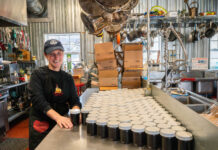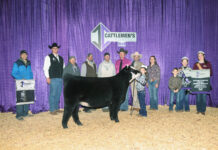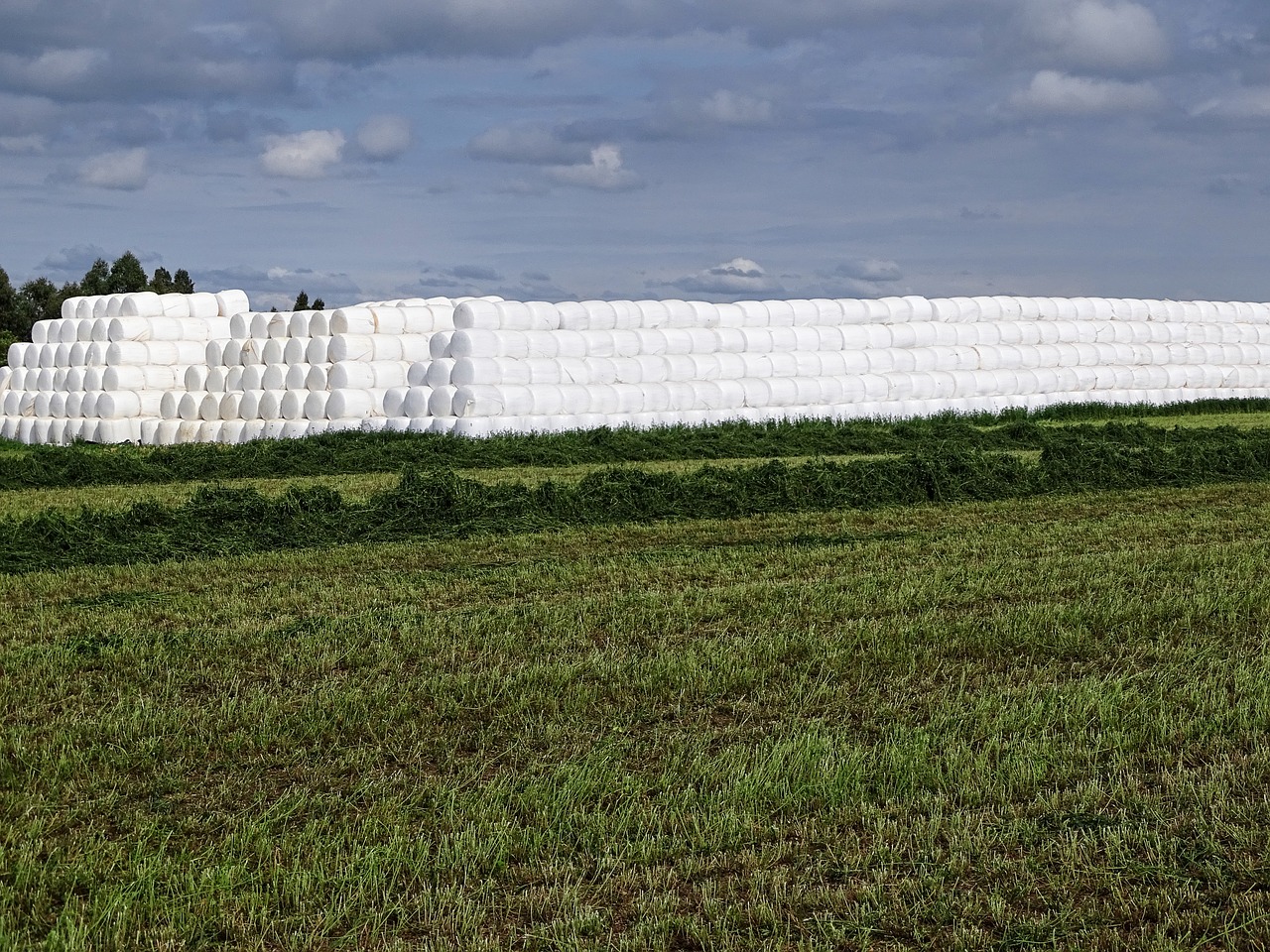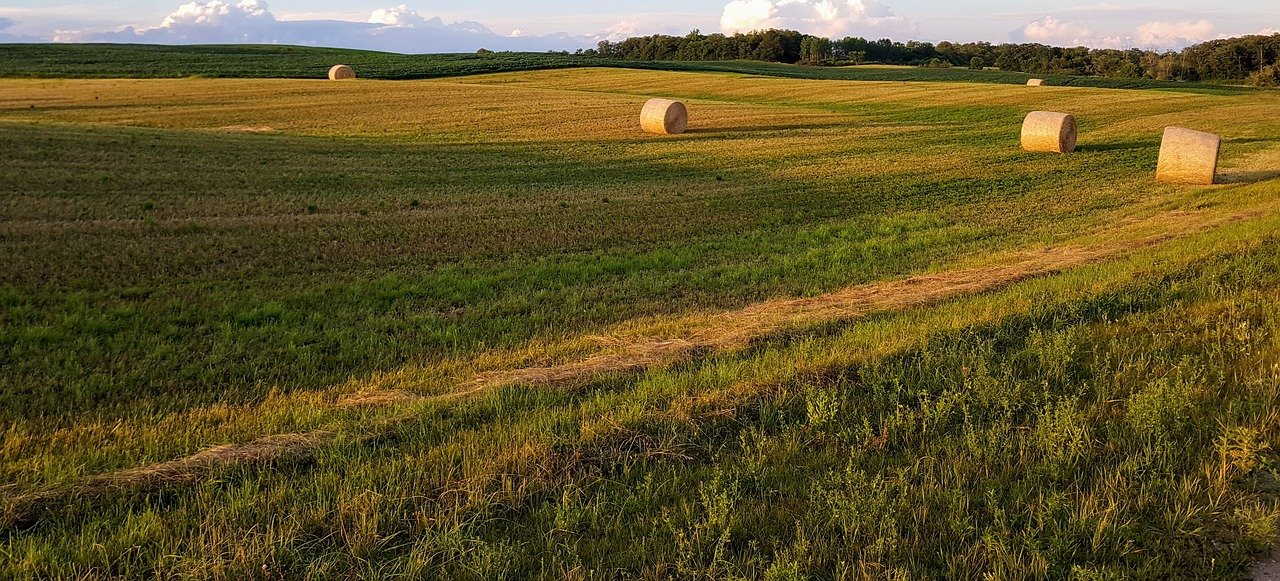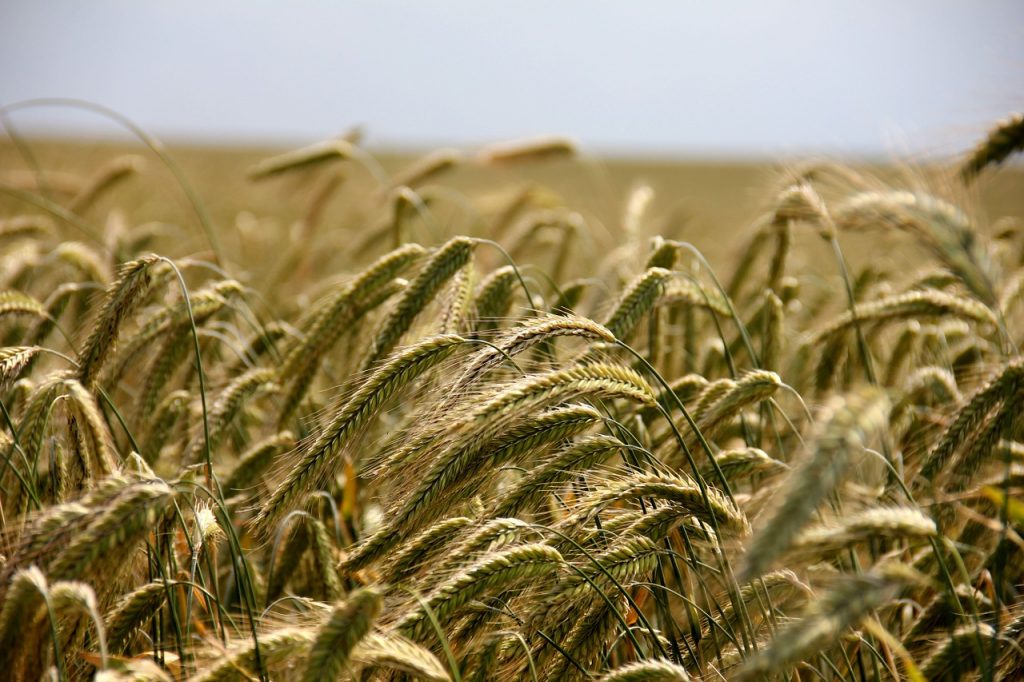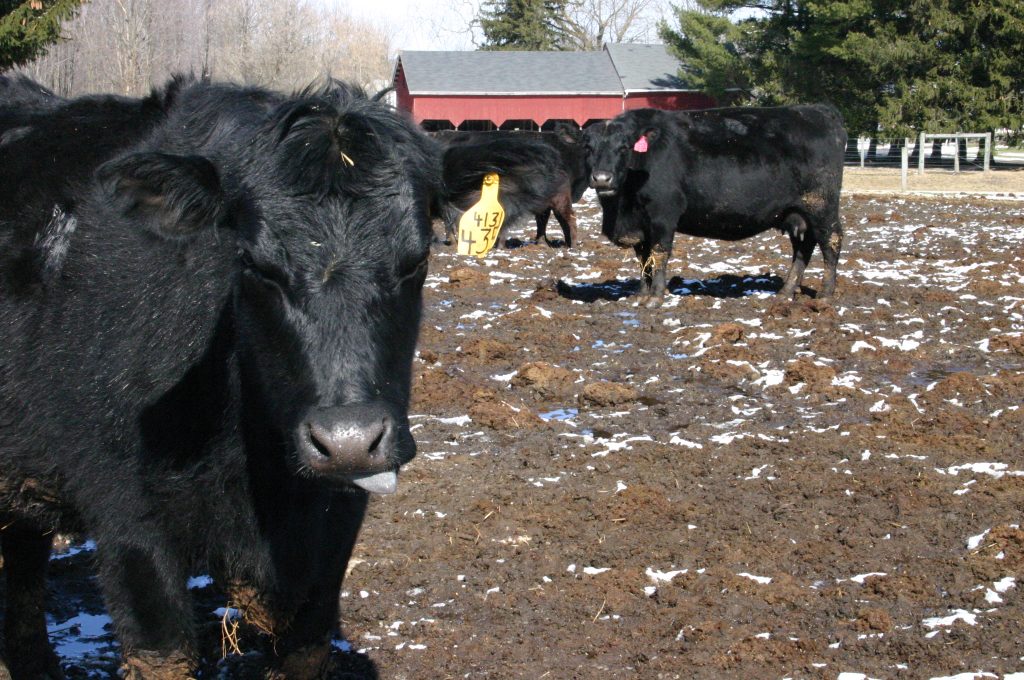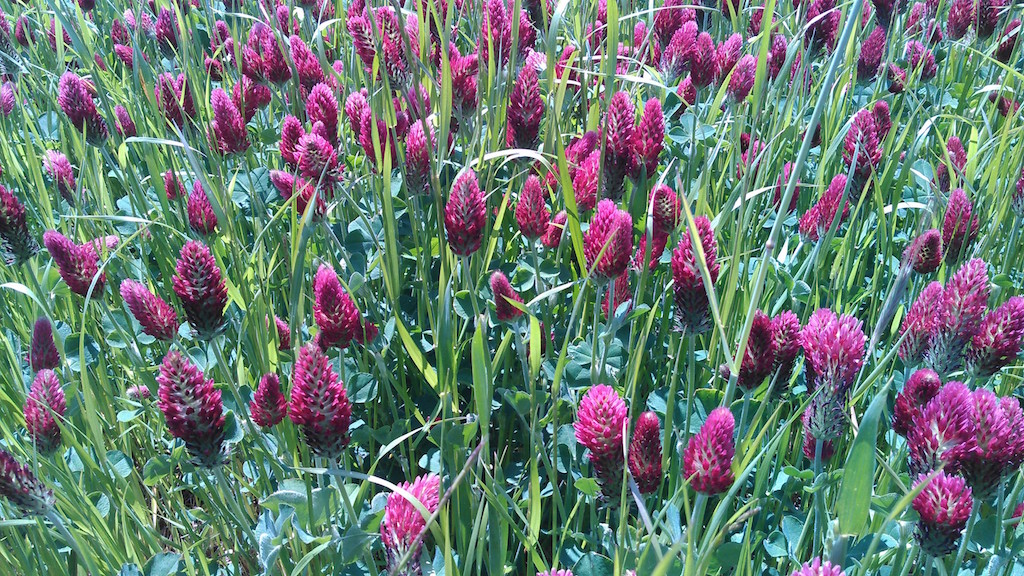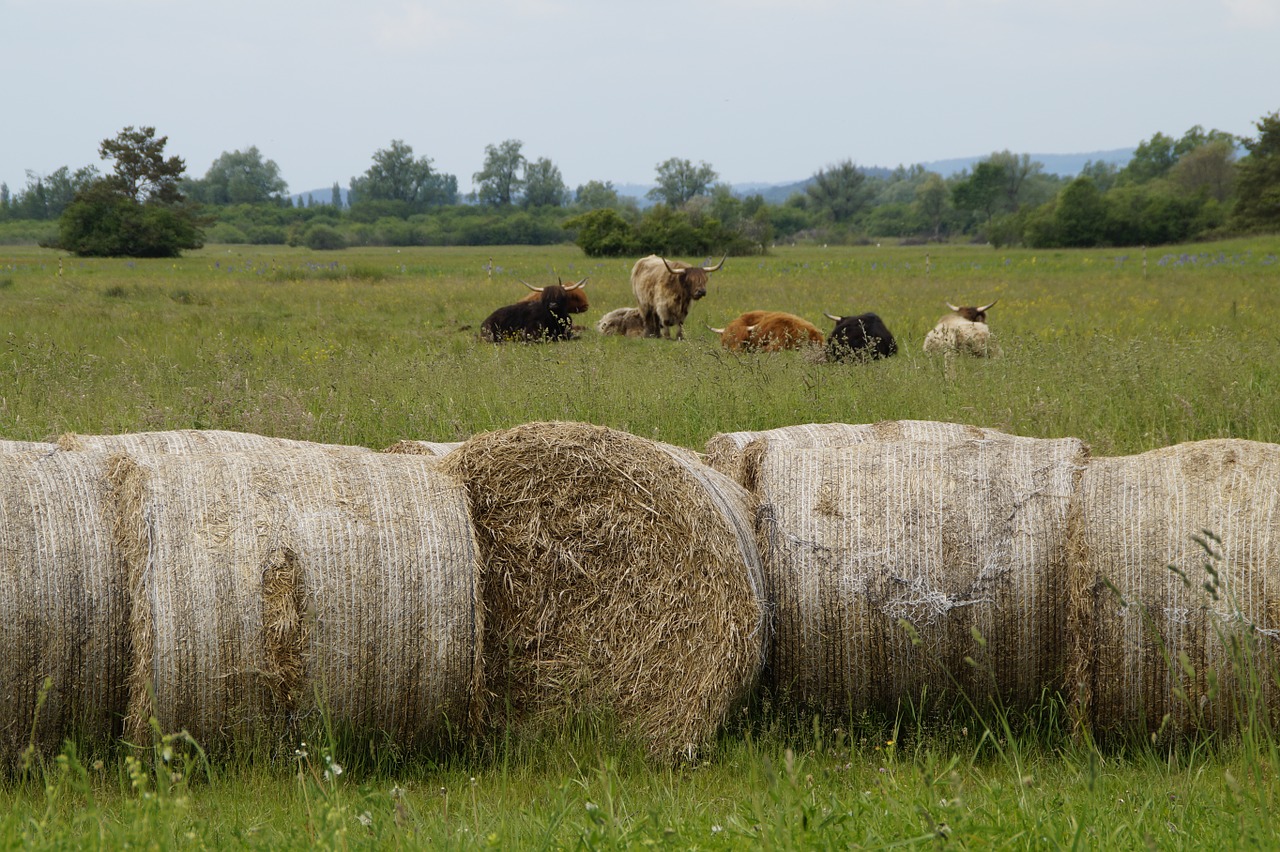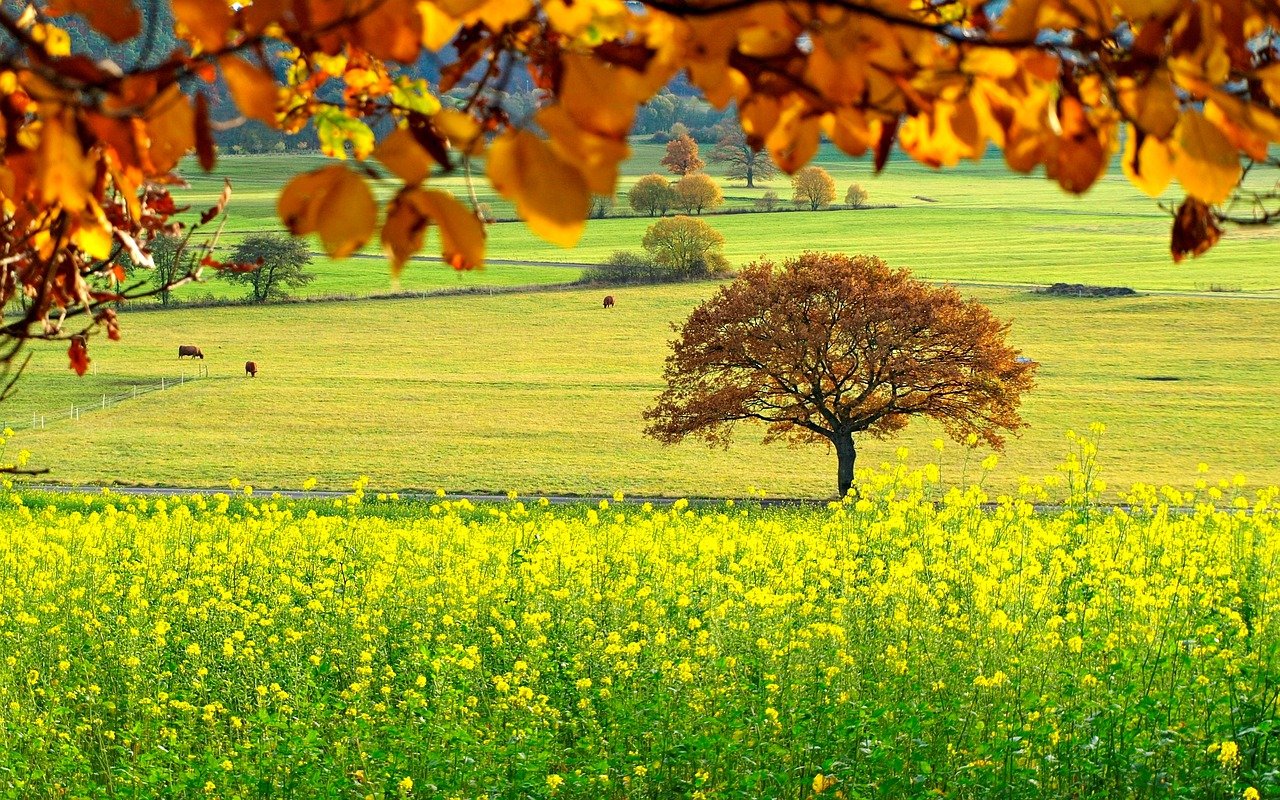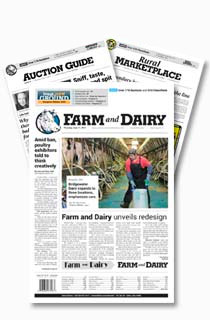Search Results for "Grapes"
News Results 109 of 493 pages
February is an ideal time for frost seeding
Ohio State University’s Christine Gelley details the reasons February is the perfect time to frost seed legumes.
Determine the needs of pastures in June to be ready for the fall
Continually scouting pasture fields for forage levels will help us stay ahead of the perspective fall-off in production.
The impact of rain on hay quality
Rain during the hay curing process can lead to several issues. Learn how to mitigate your losses.
Seeding and fertilizing winter annual cereal grain forages
Ohio State Extension educator Jason Hartschuh provides information on seeding and fertilizing winter annual cereal grain forages.
Get ready for mud
Mud management for livestock is an important aspect of maintaining animal health, the integrity of pastureland and farm productivity.
Ryegrass staggers affects unusual number of animals in Ohio
Ryegrass staggers is usually reported in Australia and New Zealand, but Ohio is near or at the top of cited cases within the United States. Find out why.
Know your options before you raise hay next season
Learn more about the cost-effectiveness of raising hay by deciding whether to skip fertilizer, use an alternative, buy fertilizer or not raise hay at all.
Managing armyworm in forages with IPM
With the recent armyworm invasion, now is a good time to review some basic integrated pest management strategies.
Prepare forages, pastures for the fall harvest
The fall rest period is important for pastures and forage fields, giving plants time to store enough energy for winter survival and stand longevity.
Using nutrient removal rates to improve forage
Learn more about nutrient removal rates and approaches that can be used to maintain and build adequate field fertility and calculate fertilizer needs.
